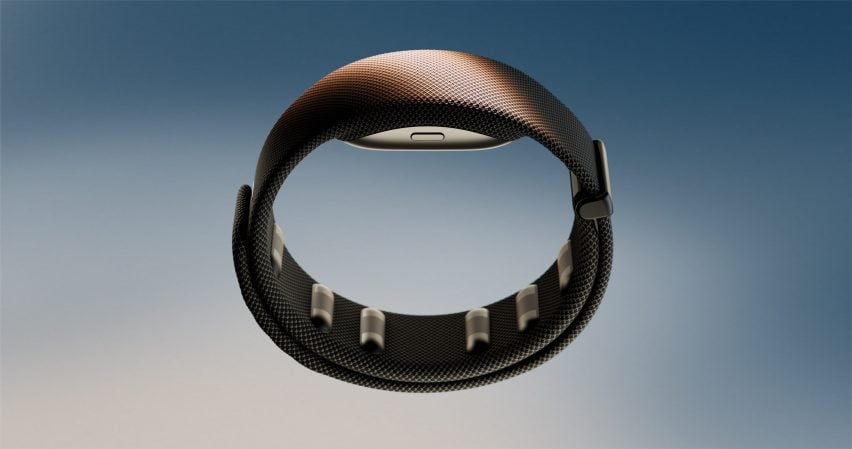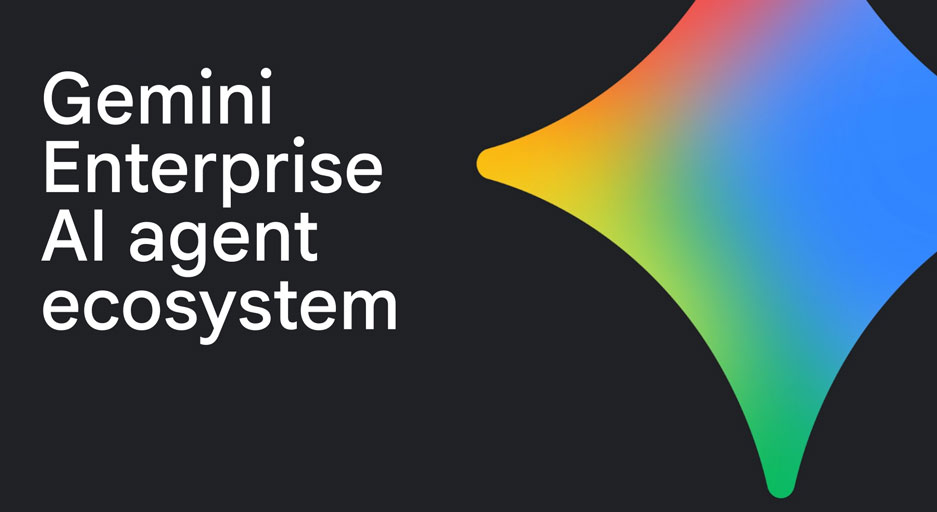Meta Unveils First AI Smart Glasses with Built-In Display
Meta has officially introduced the Meta Ray-Ban Display, the company’s first pair of smart glasses that combine artificial intelligence (AI) with a built-in augmented reality (AR) display. Announced at Meta’s annual Connect conference, CEO Mark Zuckerberg described the device as a breakthrough in wearable technology designed to keep users connected without being glued to their smartphones.
A New Era of AI-Powered Smart Glasses

The Meta Ray-Ban Display comes with a heads-up display that overlays messages, video calls, live captions, and contextual information directly in the wearer’s field of view. Unlike traditional screens, the display remains invisible to anyone else and disappears when not in use—ensuring both privacy and comfort.
Zuckerberg referred to the concept as “personal superintelligence”—a vision where AI enhances memory, communication, and sensory abilities in real time. According to him:
“Glasses are the only form factor where you can let an AI see what you see, hear what you hear, and generate the right interface directly in your vision.”

Neural Band: A Revolutionary Control System
One of the biggest innovations is the Neural Band, a lightweight wristband that interprets subtle muscle movements to control the glasses without voice commands. Users can “tap” invisible buttons, twist virtual dials, or even handwrite messages in the air.
This marks the debut of what Meta calls the world’s first mainstream neural interface, as it reads signals from the nervous system without requiring implants. The wristband is crafted from Vectran-based textiles with carbon-coated electrodes, ensuring both durability and comfort.

Sleek Ray-Ban Design Meets Cutting-Edge Tech
Staying true to the iconic Ray-Ban Wayfarer style, the Meta Ray-Ban Display features slightly larger, squared frames with transition lenses that double as sunglasses. Despite the futuristic capabilities, the glasses maintain a classic aesthetic that appeals to everyday users.
Key Features at a Glance
-
Built-in AR display for notifications, captions, and calls
-
Voice, touch, and neural band control options
-
Photo and video capture with instant preview
-
Live translations and real-time subtitles
-
Context-aware assistance, like directions and reminders
Meta’s Vision for the Future
Although the live demo included minor glitches—blamed on the venue’s Wi-Fi—Zuckerberg emphasized that the technology has been in development for over a decade. He compared adoption trends of AI smart glasses to some of the most successful consumer electronics ever released, hinting at a massive growth trajectory.
With the Meta Ray-Ban Display, Meta aims to redefine how humans interact with technology—blending style, convenience, and personalized AI into a single wearable device.
About the author : koosha Mostofi
I’m Koosha Mostofi — a multidisciplinary media creator, full-stack developer, and automation engineer, currently based in Tbilisi, Georgia. With more than two decades of professional experience, I’ve been fortunate to work at the crossroads of technology and creativity, delivering real-world solutions that are both visually engaging and technically robust.











